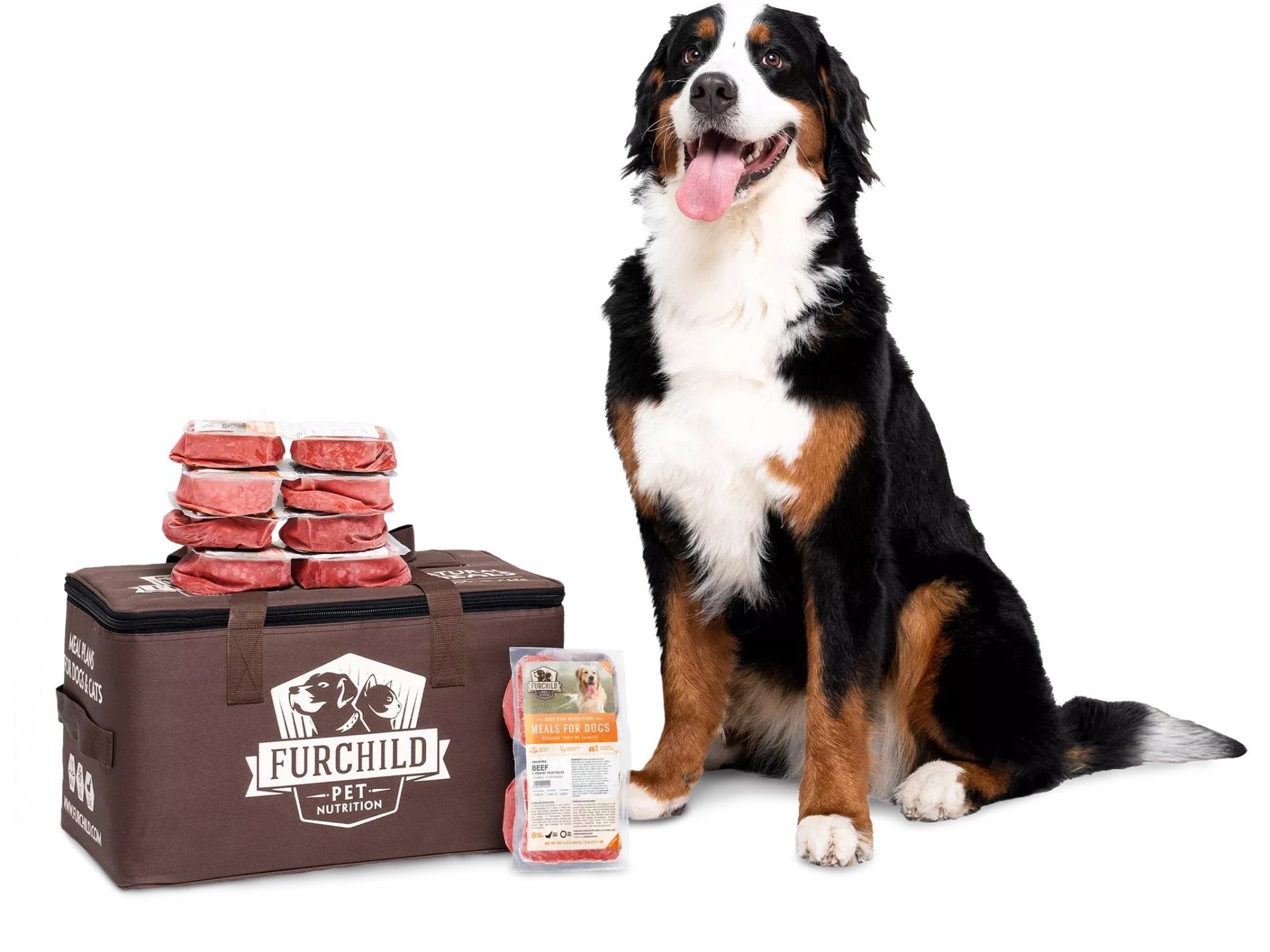Introducing new foods to picky dogs can often feel like a daunting task, leaving many pet owners frustrated and concerned about their furry friend’s nutritional well-being. However, with a little patience, creativity, and understanding, you can transform mealtime into an enjoyable and enriching experience for both you and your dog. In this guide, we will explore practical strategies and gentle techniques to help your finicky canine embrace a more varied diet. Whether you’re dealing with a dog who turns their nose up at anything new or one with specific dietary needs, our tips are designed to ensure your pet receives the balanced nutrition they deserve. Let’s embark on this journey together, fostering a healthier and happier eating routine for your beloved companion.
Understanding Your Dogs Unique Preferences
Each dog has its own distinct set of likes and dislikes when it comes to food. Understanding these unique preferences is key to successfully introducing new foods. Start by observing your dog’s current eating habits and favorite flavors. Does your furry friend lean towards savory meats, or do they have a penchant for sweet fruits? This knowledge can guide you in selecting new foods that align with their tastes.
Consider creating a list of potential new foods, then narrow it down based on your dog’s current preferences. Here are some tips to help you determine their unique tastes:
- Experiment with textures: Some dogs prefer crunchy over soft or vice versa. Offer a variety of textures to see which ones they enjoy the most.
- Observe their reactions: Watch for enthusiastic tail wags or turned-up noses to gauge their interest in different foods.
- Mix and match: Try combining new foods with their favorites to make the transition smoother and more appealing.
By tuning into your dog’s specific likes and dislikes, you can tailor your approach to introducing new foods, making the process both enjoyable and successful for your beloved pet.

Creating a Positive Mealtime Environment
Crafting a warm and inviting atmosphere for your furry friend can significantly ease the process of introducing new foods. Start by establishing a consistent mealtime routine that your dog can look forward to. This includes feeding them at the same time each day in a calm, quiet setting away from distractions. Such consistency not only helps in building anticipation but also creates a sense of security, encouraging them to be more open to trying new flavors.
Consider incorporating the following strategies to enhance the environment:
- Comfortable Feeding Area: Ensure their feeding spot is clean and cozy, perhaps with a mat to prevent slipping.
- Positive Reinforcement: Praise or gently pet your dog when they approach the bowl, reinforcing the idea that mealtime is a positive experience.
- Patience and Persistence: Offer new foods alongside familiar favorites, and allow them to explore at their own pace without pressure.
These subtle adjustments can transform mealtime into a delightful experience for both you and your canine companion, paving the way for a more adventurous palate.

Gradual Introduction of New Ingredients
Introducing new ingredients to your dog’s diet can be a delightful journey if done with patience and care. Start by adding a small amount of the new food to your dog’s current meals, gradually increasing the proportion over several days or weeks. This slow introduction allows your furry friend to adjust to the new taste and texture, minimizing any digestive upset. Remember, every dog is different, so pay attention to their reactions and adapt the pace accordingly.
- Observe and Adjust: Monitor your dog’s response to the new ingredient. Look for any signs of allergies or digestive issues, such as itching, vomiting, or changes in stool.
- Mix and Match: Combine the new ingredient with familiar favorites to encourage acceptance. This can help in masking the unfamiliar flavor and make the transition smoother.
- Consistency is Key: Stick to a regular feeding schedule and maintain a consistent ratio of old to new food until your dog seems comfortable with the change.
By approaching this process with patience and love, you can expand your dog’s palate and enhance their nutritional intake, all while ensuring their comfort and well-being.

Incorporating Variety While Ensuring Nutritional Balance
Introducing new foods to your picky dog can feel like a culinary challenge, but with a thoughtful approach, you can broaden their palate while keeping their diet balanced and nutritious. Start by mixing small amounts of the new food with their current favorite. This gradual integration helps them get accustomed to the taste and texture without overwhelming them. Variety is essential, but it’s crucial to ensure that each meal remains nutritionally complete. Pay attention to portion sizes and nutrient content, ensuring you’re providing all necessary vitamins and minerals.
- Experiment with textures: Try offering both crunchy and soft foods to see which your dog prefers.
- Incorporate colorful vegetables: Carrots, sweet potatoes, and peas not only add nutrients but also make meals visually appealing.
- Rotate proteins: Introduce lean meats like chicken or turkey, and occasionally fish, to provide different amino acids and flavors.
- Monitor reactions: Keep an eye on your dog’s digestion and energy levels as you introduce new ingredients, adjusting as necessary.
By creatively combining different ingredients and observing your dog’s preferences, you can successfully diversify their diet while maintaining the nutritional balance they need to thrive.

